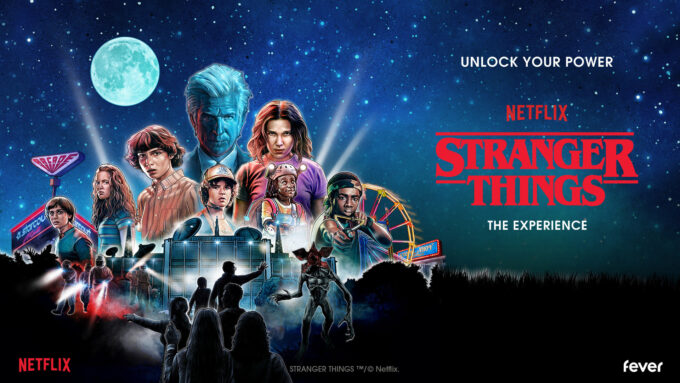Who would have thought that a small mail-order video rental service company would morph into a ubiquitous media giant? Here’s how Netflix did it.
The pilot episode of Netflix’s strategic journey started in 1997. Reed Hastings founded an innovative DVD rental service company and competed successfully against much larger competitors such as Blockbuster and Walmart. But Netflix’s formula for success was not obvious from a strategic point of view for two main reasons.
The market leader, Blockbuster, had a better distribution network across the US, deeper pockets, and much stronger negotiation power with the movie studios. In addition, it was already apparent in 1997 that high-speed cable TV and the internet would challenge DVD technology. So, why would anybody bet on a much weaker startup than the market leader, with technology already at its peak?
Despite these obstacles, Netflix gained over four million subscribers by 2007, mainly because customers enjoyed the convenience of selecting movies online and receiving DVDs by mail for a monthly subscription fee, avoiding the late fee penalties and enjoying the availability of their favorite movies
Episode 2 was set in 2007 when Netflix launched its streaming service and offered customers the choice of watching movies online or on their DVD player. Netflix emerged as the innovation and customer service leader within the subscription-based digital distribution service industry. Investors were ecstatic about the stock performance of +3052% between 2002 and 2011.
Episode 3 started with a downfall. In July 2011, after its share price had reached an all-time high, Netflix announced its intention to split the company’s DVD rental and online movie streaming services by creating two separate businesses, Qwikster.com and Netflix.com. The change in its business model would entail a significant price increase.
Following angry customer protests, including a negative Twitter stream, Netflix’s CEO and founder Reed Hastings sent subscribers a personalized apology email, which only worsened matters. The market valuation fell 82% percent between July 2011 and August 2012. While the announcement of splitting the business triggered investors’ confidence loss, the underlying strategic logic was much more profound and dramatic.
The reported yearly cost for the content licenses increased sharply from about $200 million to $2 billion, which, at an annual revenue of $3.2 billion, meant that Netflix’s business model was not sustainable.
Using Michael Porter’s evergreen five forces analysis, it became clear that market power had shifted to the movie studios. Seeing that the industry bottleneck was no longer the channel (who can reach the viewers?) but the content (who owns the movie rights?), Netflix started to produce its TV shows (e.g., House of Cards, Hemlock Grove). Its early shows were all highly successful, and in 2013 it became the first streaming company to win an Emmy. Unlike the cable networks, Netflix made whole seasons available simultaneously, allowing customers to binge-watch all the episodes. In September 2013, two years after its meltdown, the Netflix share price hit a new all-time high.






